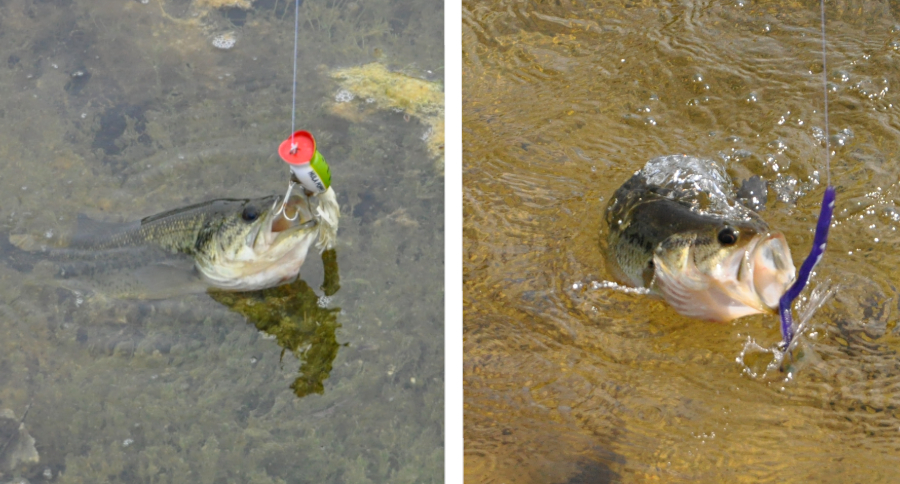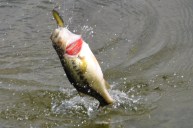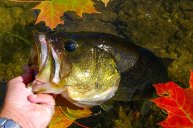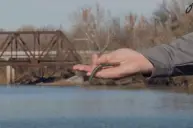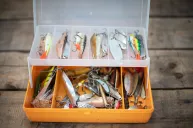You should have both soft plastic lures and hard baits in your tackle box.
Shopping for fishing lures can be a bit overwhelming to anglers, especially ones who are newer to the hobby. The sheer number of soft baits and hard baits available on the shelves will likely leave you wondering where to start, and which will be most effective for a given situation.
We will attempt to clear up some of that confusion today with some debate on which one is most effective. However, we will also emphasize why it is important to learn how to fish both types of lure correctly.
These are the main differences between soft plastics vs hard baits and why both are valuable tools to any angling arsenal. For purposes of simplicity, today's discussion will focus mostly on bass fishing for largemouth or smallmouths, but the tips here can apply to other species in the same waters too.
Types of soft baits
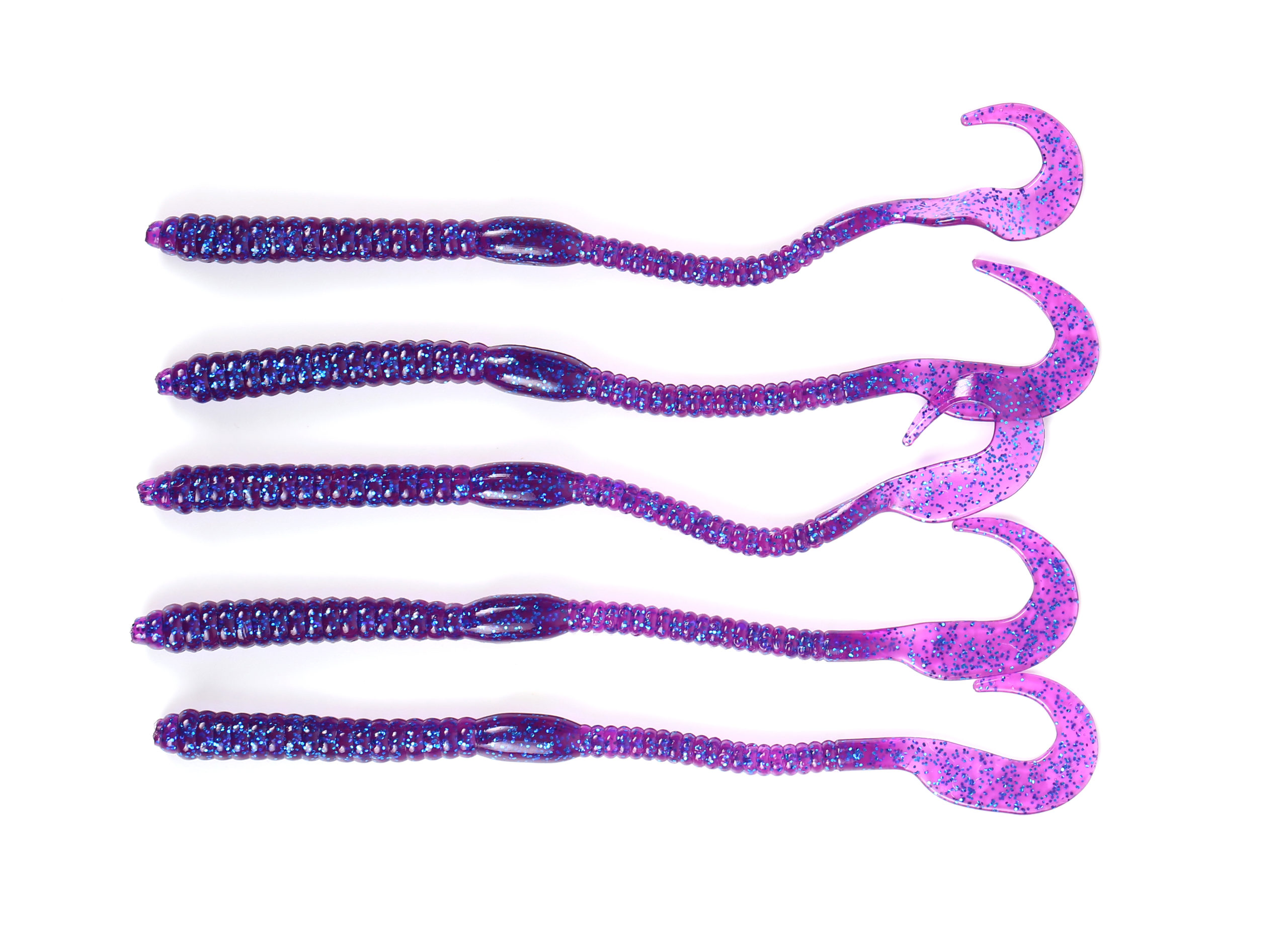
Before we begin, we should probably define the different types of baits just for clarity. The most basic type of plastic baits are worms. There are literally dozens of different varieties from large curl and paddle tail worms designed for Carolina rigs and Texas rigs. Other variants are shortened stick baits like Ned rig worms that are designed to be used with specialty jig heads and tube baits that can be rigged via jig or a weedless Texas style. The shortened nature of these baits tends to give them lifelike feeding minnow or baitfish appearance when twitched through the water or worked across the bottom.
Speaking of baitfish imitations, soft plastic jerkbaits are a great way to imitate a dying baitfish. They are versatile in that you can work them through the water aggressively like a swimbait, or you give a more subtle presentation to fish that are holding tight to cover. Most anglers rig these like a worm, but fish them weightless to help give a subtle, twitching action that is hard to resist.
Also included in soft bait category are creature baits and crawfish baits that mimic a bass' favorite food items. These baits often have extra curly tails, legs, and claws to help add movement to the illusion. Some of these lures resemble nothing in nature, but that is partially why they catch a fish's attention. They are like nothing the game fish has ever seen before.
Finally, there are different styles and types of grubs, minnows, flukes, and trailers. Many of these baits are meant to be fished on drop shot rigs, but they can also be fished via jigs. Others can also be utilized as trailers for spinnerbaits as well. In those situations they add a tiny bit of movement and vibration to the presentation. Simply put, there is a ton of versatility in soft plastics.
Types of hard baits
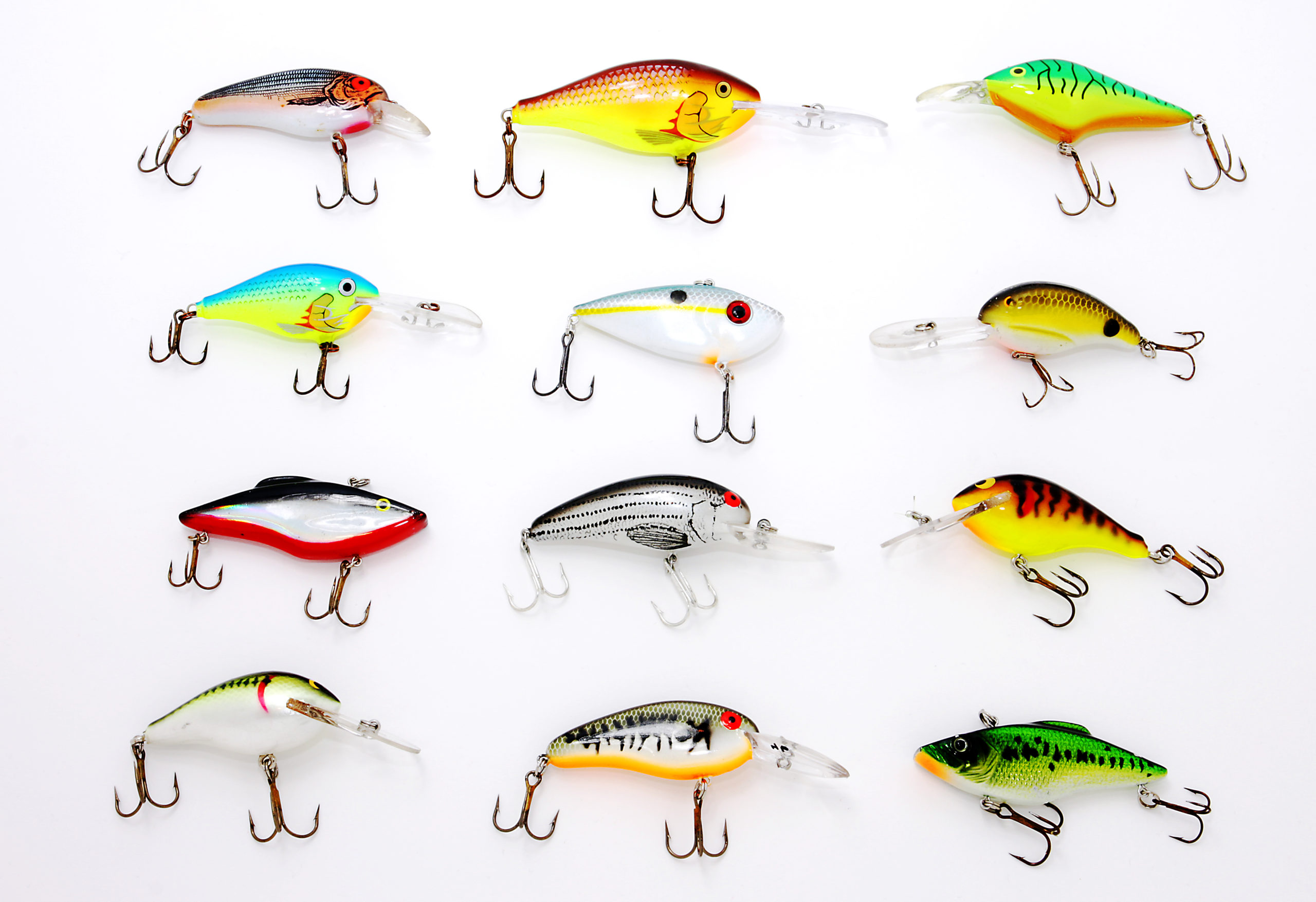
These are a little easier to define since there are not nearly as many variations, but the one constant you will find is that hard baits have either a plastic or wooden body. Most baits fall into the former rather than the latter these days. Lure companies are constantly experimenting with new types of material that make lures float better or sink faster. These lures are also almost exclusively outfitted with treble hooks. Many have different noise-making devices designed to attract a fish's attention. For example, the Rat-L-Trap lipless crankbait contains a series of rattles that give off a distinct clacking sound designed to stimulate a fish's lateral line.
Crankbaits, both lipped and lipless are often the first thing most anglers think of when they hear the term hard baits, but do not forget about hard bodied jerkbaits, hard body swimbaits, and finally topwater lures. Many hard baits are built to be floating, but dive once retrieved. This is helpful for shallow water where a sinking bait may end up in a snag faster. Many topwater lures also have unique features designed to splash water and attract fish. For instance, many poppers have a curved mouth that produces a distinct popping splash. Lures like the Jitterbug use a metal cupped lip to displace water and creature a surface disturbance.
When to use soft lures
One thing to keep in mind is that plastics are usually meant to be worked slower with your fishing rod than hard baits. There are exceptions of course for spinnerbait trailers, some surface frogs, and some soft swim baits, but you will almost never work a soft bait the same way you do a hard bait. Many anglers think of the word "finesse" when talking about soft plastic baits. It is true, many plastics are a more subtle approach. You are looking to use the extra lifelike twitches and trembles of a plastic bait's body to entice a strike. Most plastics are not what most anglers would call "reaction" baits where the fish is aggressively feeding.
Soft plastics are great for when temperatures are on the extreme ends of cold and hot because these are the times that fish often become lethargic and less willing to chase a fast-moving lure. Plastic worms and other similar lures tend to work extremely well for sight fishing in shallow water, especially for bedded bass. An easy way to entice strikes is to drop your weedless soft plastic right in the nest. The bass will strike to move the lure away or protect their nest.
Soft plastics are ideal for any scenario where you need to put the bait right on the fish's nose to entice a strike. Maybe they are suspended deep. Perfect time to break out the drop shot rig. Maybe they are holding close to the bottom, time for a Texas rig or Ned rig. Fish holding close to docks or stumps? The ideal time to pitch a tube or critter bait in close. They are great for any situation where fish are holding tight to cover and must be coaxed out. In my experience, plastics are a great way to get strikes from more pressured fish too. The subtle presentation does not spook them as easily as a noisy crankbait or jerkbait will. Bass will hold onto something that feels soft and lifelike longer than a hard plastic which instantly registers as unnatural. This gives you more time to set the hook.
Plastics are often the lure to turn to any time you already know where the fish are. You can slow things down and target specific fish on your graphs. As a general rule, when you think of plastics, think slower in presentation.
When to use hard baits
Most anglers will agree that hard baits are a go-to for when you do not know where the fish are in the lake. Most of these lures are retrieved fast and aggressive, meaning you can cover a lot of water in a short period of time. This is especially important when you do not have electronics. A shallow diving crankbait or jerkbait is a great lure to explore new waters with. Hardwater topwater baits are also ideal for cloudy weather and calm water scenarios. Notable here are warm summer mornings and evenings when the fish are feeding early before the surface temperatures get too hot. When the surface is calm, fish are more likely to hear and feel the vibrations of a surface lure, and thus, more likely to strike.
Hard baits are a great option anytime the bass are in an aggressive, chasing mood. For instance, if you see a group of bass busting shad near the surface, that is a great time to throw in a shallow diving crankbait or jerkbait to induce a reactionary strike. Crankbaits are especially great in the spring and fall when the bass are heavily feeding to fatten up before the spawn and long winter months.
Do not discount the use of hard baits for suspended fish either. Many anglers think all hard body baits require an aggressive retrieve, but that is not always the case. For instance, in the winter a quality suspending jerkbait that you can hang in the strike zone and twitch in a subtle manner will often draw strikes from the most finicky of fish.
Likewise, I personally like floating Rapalas with shallow lips for ponds and slow river backwaters in the spring and summer. I have even fished lures like this as topwaters before. The wobble is often tighter with a fast retrieve and wider with a slow one, causing a great surface disturbance that is sure to catch the eye of almost any game fish.
We also like hard body lures for clear water situations. Clear waters can be tricky because the fish often spook easier and so you will want to keep your distance. Long casts are key and hard body baits often fly further than soft plastics on the cast, allowing you put an enticing baitfish look-alike in front of their face without them ever knowing you are there.
Why it is important to use both.

Travis Smola
We honestly cannot say that between these two types of baits that one is better than the other. To think so is to hinder one's best chances at catching fish. One pitfall many newer anglers fall into is finding a lure that works one time and then they do not experiment much further than that. Unfortunately, they may experience quite a bit of frustration in the future if they just stick to plastics or just to hardbaits. The most successful pro anglers choose lures based on the situation at hand and not just what their favorite lure happens to be. Knowing when to throw a crankbait and when to throw a Texas-rigged worm may take some experience and some trial and error, but you will become a better angler as a result.
Think about things like water clarity, temperature and the time of year when deciding between soft plastics and hard baits. When the fish are sluggish and slow to chase their prey, that is the time soft plastics shine. When bass are actively feeding, they are usually going to be more apt to hit a fast-moving hard bait.
Remember that there are exceptions to these rules and there are times when both types will work equally well. Pay attention to the way bass react to your bait and to other factors like the presence of baitfish or crawfish. Small visual clues in the environment may allow you to "match the hatch" as fly fishermen like to say.
The biggest key is developing confidence in the baits that you use and using a presentation for the situation that makes sense for the situation. Once you figure that out, you are well on your way to becoming a well-rounded bass angler.
For more outdoor content from Travis Smola, be sure to follow him on Twitter and check out his Geocaching and Outdoors with Travis YouTube channels.
NEXT: PETA IS NOW GOING AFTER FISHERMEN
WATCH
